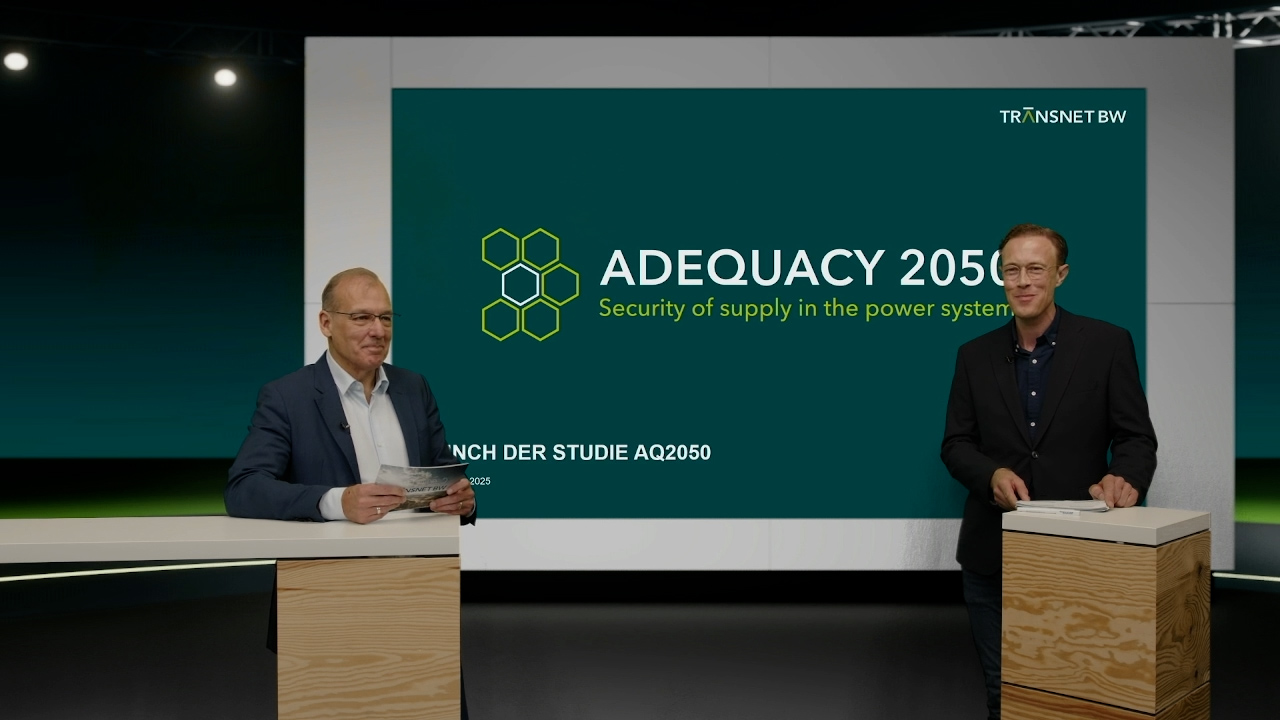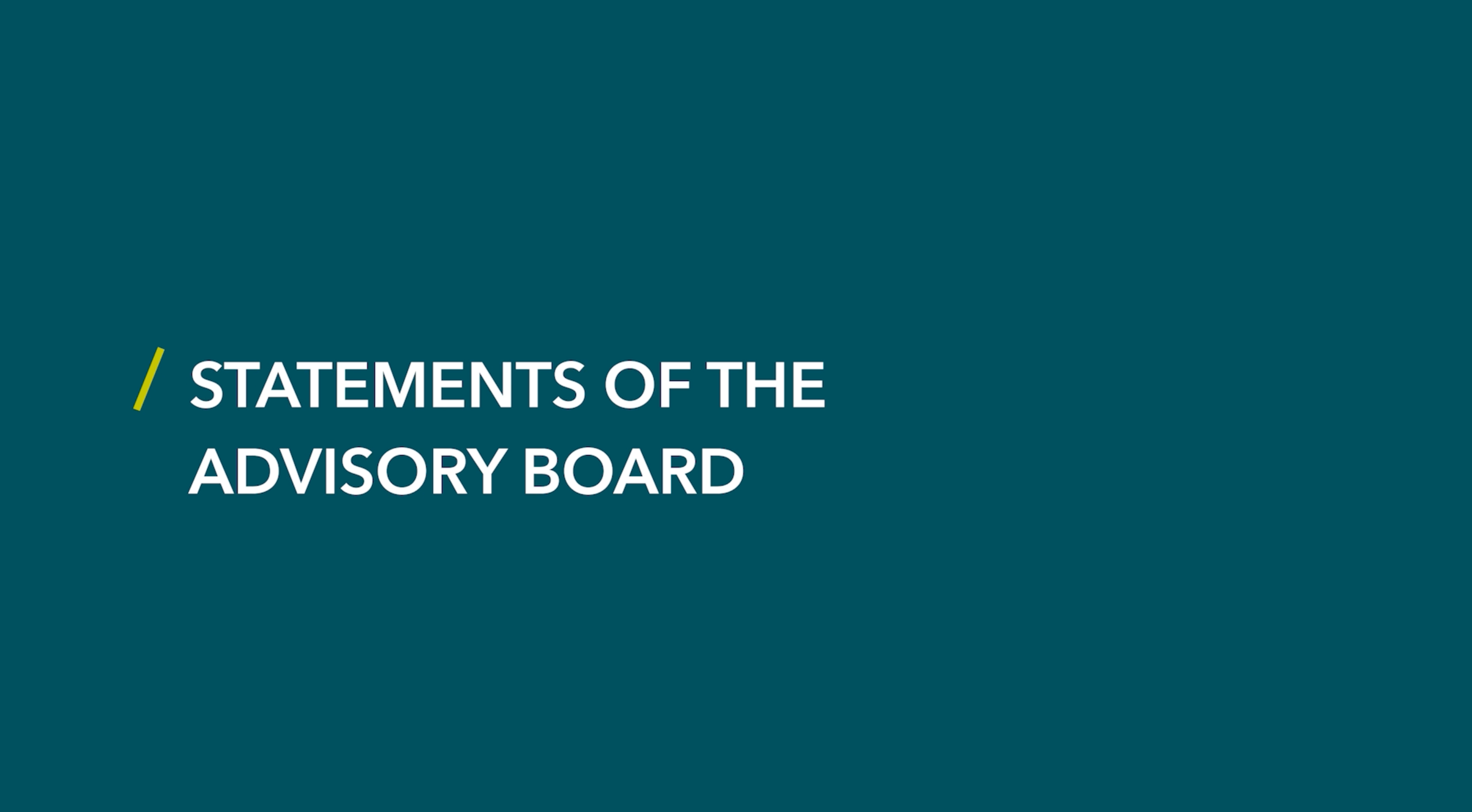ADEQUACY 2050
HOW CAN WE RELIABLY COMBINE SECURITY OF SUPPLY WITH CLIMATE NEUTRALITY?
TransnetBW presents the new long-term study Adequacy 2050.

Media Library
Presentation of the new long-term study Adequacy 2050
- Starte Download von: AQ2050 Study ReportAQ2050 Study Report
- Starte Download von: AQ2050 Executive SummaryAQ2050 Executive Summary
- Starte Download von: AQ2050 SlidesAQ2050 Slides
Statements of the Advisory Board
About the study
- Topic: Long-term system adequacy in a climate-neutral energy system in Germany and Europe until 2045 / 2050, considering both resource and transmission adequacy in an integrated framework.
- Objective: To analyse a robust climate-neutral and system-secure European energy system as well as to test the robustness of the German Network Development Plan (NEP 2023) under consideration of the impact of climate change, while questioning key assumptions about flexibility (e.g. the share of market-oriented prosumers in the residential and services sector).
- Approach: hourly-based analyses based on a model chain (Energy System Model → Market Model → Grid Model) indicate cost-optimal system designs in 2050 under various “Scenario Clusters”, including in particular:
- Extreme meteorological years (low annual renewable generation, heat waves, cold spells)
- Flexibility technologies and operation (decentral / central, national / international)
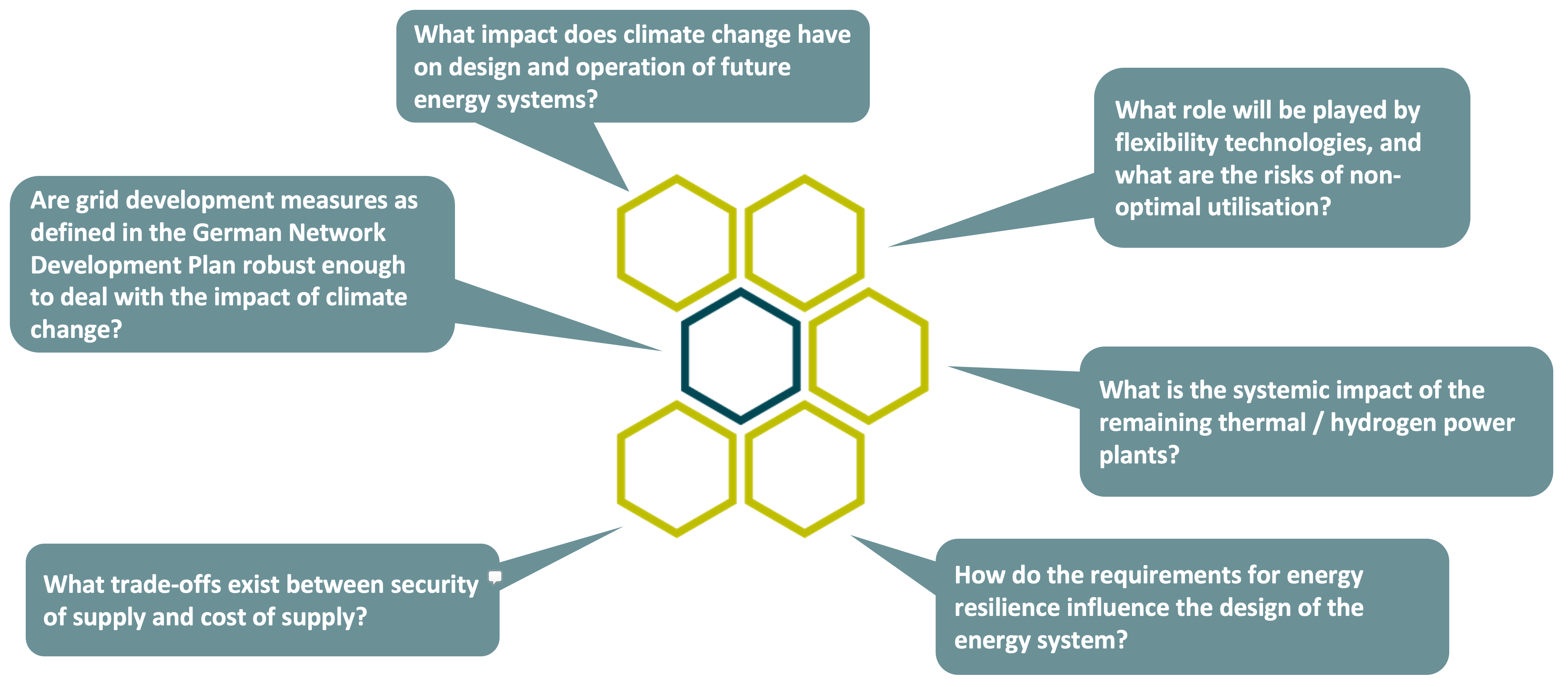
Definition Box
- From a market perspective, Resource Adequacy is ensured when the available supply in the electricity market is sufficient to meet demand at all times in an economically efficient manner. This requires that – under predictable and manageable risks such as changes in electricity demand or carbon (CO₂) prices – the market provide adequate generation capacity within the given political and economic framework. The main metrics in this context are Energy Not Served (ENS, expressed in TWh/y) and Loss of Load (LoL, expressed in hours – i.e. hours during which full supply is not reached).
- Transmission Adequacy is ensured when the electricity supply can also be physically transmitted via the grid – meaning that generation can be delivered to consumers, either without congestion or with congestion management measures in place.
- System Adequacy: The combination of Resource and Transmission Adequacy
Key Findings
The current network development plan may underestimate infrastructure and flexibility needs due to simplified weather assumptions and idealised prosumer behaviour.
Planning of climate-neutral systems must include weather variability, not just averages.
Planning with average weather is no longer enough. Our study shows that wind and solar output can vary by up to 15 % year on year — a critical factor for the adequacy and design of a climate-neutral energy system that relies heavily on renewables.
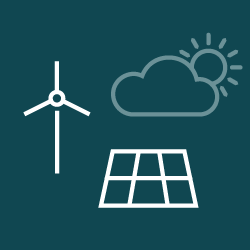
European interconnectivity lays the groundwork for a more efficient energy system.
Stronger interconnections across borders reduce costs and risks for the whole of Europe. Our findings show potential annual savings of up to 18 billion € for Europe in 2050, with a simultaneous boost in resilience.
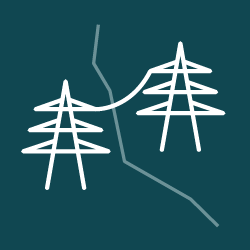
Flexibility technologies are key — and they must be both central and decentral.
The secure operation of a climate-neutral energy system in Europe and in Germany requires a mix of flexibility technologies: prosumers who respond to market signals, as well as large-scale solutions like hydrogen power plants, batteries and interconnectors. Adequacy needs robustness and resilience, not over-reliance on any single approach.

Energy System Model Results
To access the Energy System Model Results, please click on the following link.
You will then leave the TransnetBW website and be redirected to the Microsoft website app.powerbi.com.
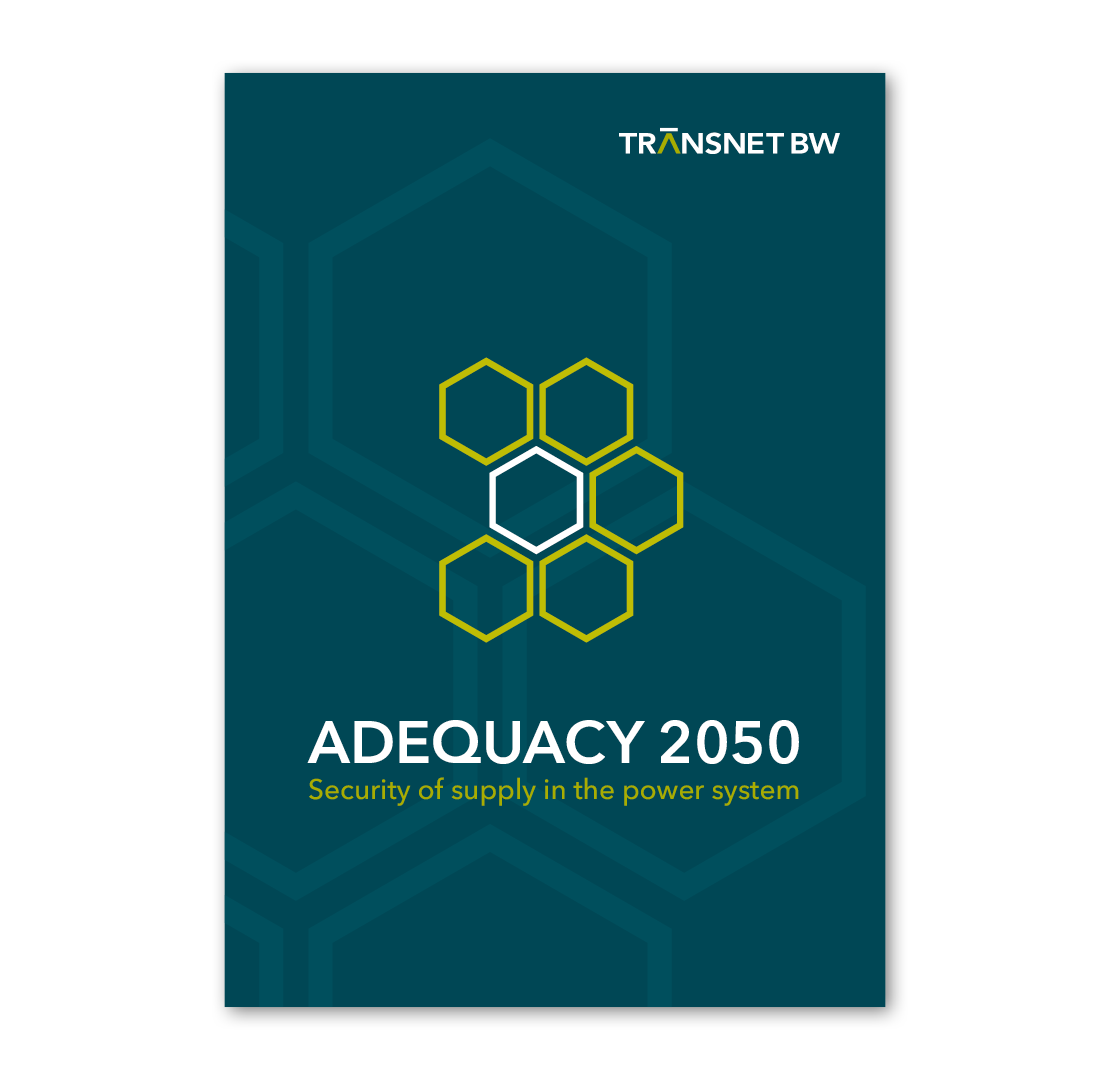
Contact
Do you have any questions about the study or would you like to talk to us about it?
Then write an e-mail to Dr. Massimo Moser or Dr. Georgios Savvidis, Project Manager Adequacy 2050.


